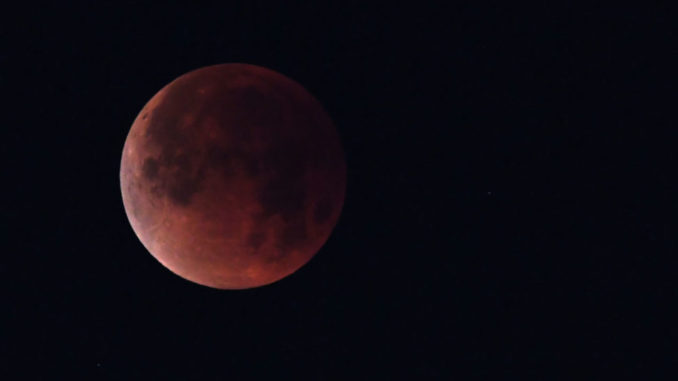
The earth does not belong to man, man belongs to the earth – Chief Seattle (1786 -1866), Suquamish and Duwamish leader.
April 22 of every year is International Mother Earth Day, a day set aside for civic action and participation in protecting our environment and preserving planet earth.
This day reminds us of critical action we need to take to protect our environment. Earth Day informs us about what we have and what we are losing by the impacts our activities have on planet earth.
Earth Day is important in that it keeps man in constant check of how he has been diligent in safeguarding what Nature has bestowed on mankind – all the creatures and the planet we live on.
This year’s Earth Day theme, ‘Protect our species’, is a clarion call to man to protect threatened and endangered species.
In the complex web of life, and by virtue of the way the cosmic Host has designed His creatures, all living things have an intrinsic value with each playing specialized role.
These threatened and endangered species include but not limited to bees, whales, giraffes, insects, coral reefs and elephants.
Human-driven activities are chiefly responsible for the rapid reduction and subsequent extinction of wildlife populations.
Some of these species of animals become extinct as a result of habitat loss, pollution, poaching, deforestation and climate change.
About five years ago, it was estimated globally that 41% of amphibians are facing extinction; 22% of flowering plants are at extinction risk; and about 13% of all birds are disappearing from the planet. These staggering figures of mass extinction are alarming because in the long run, we depend on nature for survival, so mankind is also at risk as nature depreciates or reduces.
In reality, it is the world’s poorest people whose livelihood depends on nature that are mostly affected when nature is damaged.
According to a study by Yale ecologists, in the Nature Climate Change publication, by 2070 increased human land-use is expected to put 1,700 species of amphibians, birds and mammals at greater extinction risks by shrinking their natural habitats.
This goes to show that as man increases coverage of land-use, some species become extinct. By mere expansive migration of man, some plant and animal species are dislodged from their natural habitats.
Humanity has wiped out and driven to extinction about 60% of animal populations since 1970, a report reveals. Man’s actions and inactions largely determine all or part of the extinction rate of these threatened species.
The Nigerian Conservation Foundation (NCF), last year, said the country’s wildlife was under threat. The foundation revealed that 148 animals and 146 plant species found in Nigeria were threatened, with some species near extinction.
The foundation therefore recommended that the National Park Service should be strengthened to enhance its capacity for wildlife conservation and protection: and to also increase awareness and education on intrinsic values of wildlife to the society. Swift penalties for illegal poachers and hunters would deter others from harvesting wildlife illegally.
Some of these endangered species have however received succor at zoological gardens that act as their safe haven.
Although not all animal species confined to the zoos are endangered, some are being prepared for release into their natural habitats. Zoos help greatly in the protection of species facing extinction.
Scientists have also said another way to protect endangered species is to create protective reserves where they can breed naturally.
To this end, in the past and till date, these animal parks have helped thwart the extinction of threatened species. Gone is the era where animal parks were created for entertainment only. Modern zoos now focus on wildlife conservation, education and research.
Some experts have argued that these caged animal species in the zoos have their natural ways of living distorted and eventually destroyed. This is because these endangered species will not enjoy the freedom they would enjoy in their natural habitats due to confinement.
Scientists who agree with this school of thought that zoos are not the best place for endangered species also believe animals born in the zoo would take a very long time in adapting to the environment when released to the wild.
Protecting our species requires that mankind will embrace nature and its values. The safety or otherwise of threatened species in their natural habitats and indeed planet earth lies with us,given the impact of our activities directly or indirectly on the environment.
We must radically change our relationship with nature in order to stem the rot of mass extinction. The best way to save endangered and threatened species is to protect the special places where they live.
This way, we offer ourselves an unending protection not only for our environment but also for planet earth. The earth will then be a livable place for others when we leave. Let me close with this Native American proverb, “We do not inherit the earth from our ancestors, we borrow it from our children.”
Ojewale wrote from Lagos
END

Be the first to comment